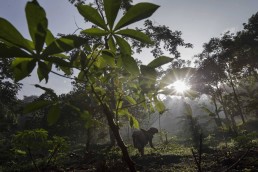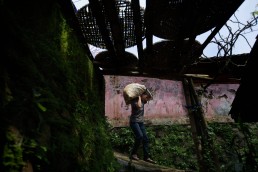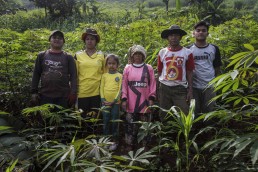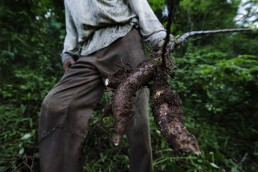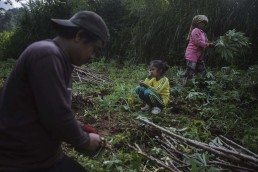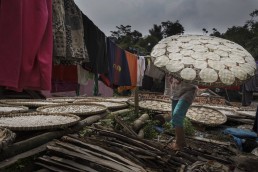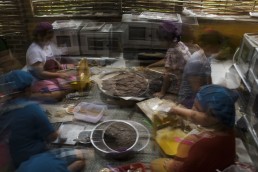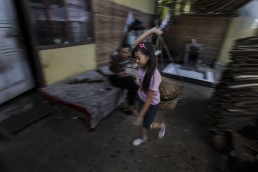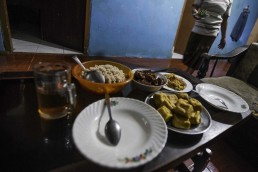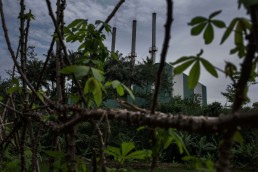A Regeneration in Cassava Diet Tradition
A REGENERATION IN CASSAVA DIET TRADITION
Deden Iman Wauntara, Pikiran Rakyat
Teu boga sawah asal boga pare, teu boga pare asal boga beas, teu boga beas asal bisa nyangu, teu nyangu asal dahar, teu dahar asal kuat.
When all of Indonesian people depend too much on rice consumption as a result of the policy of the New Order regime in 1980’s which forced the extension of rice cultivation program in a number of areas, the residents of Cireundeu Village, South Cimahhi Sub-district, Cimahi City, West Java, refuse to be the followers of the program. They choose to be independent by consuming cassava which is later processed into rasi/beras nasi, their staple food.
In 1918, Cireundeu villagers decided to choose cassava as their staple diet due to the scarcity of rice at that time. By 1924, almost all of the villagers have changed their staple from rice to cassava. Rice fields were converted to cassava plantations and people tried to process it so that they could be able to consume it on a daily basis.
When technology and education become a necessity, senior villagers start to worry. It is because the next generation start to change their jobs one by one as they just don’t want to be farmers anymore after getting school certificates. It is not rare to see young men from Cireundeu village work in cities or any factories. Consequently, plantations are only left to those who are no longer young.
However, not all members of the young generation decide to work in cities. Those who still care with agriculture decide to continue the tradition in order to survive amidst a hot global issue on food security. Children indirectly learn from their parents when they do cassava processing.
Cireundeu villagers feel no worries when the world cries over the decreasing quantity of staple foods the people have relied on so far. They would only be worried if the young generation were no longer interested in going to the fields to plant and harvest cassava that has fed them so far.

